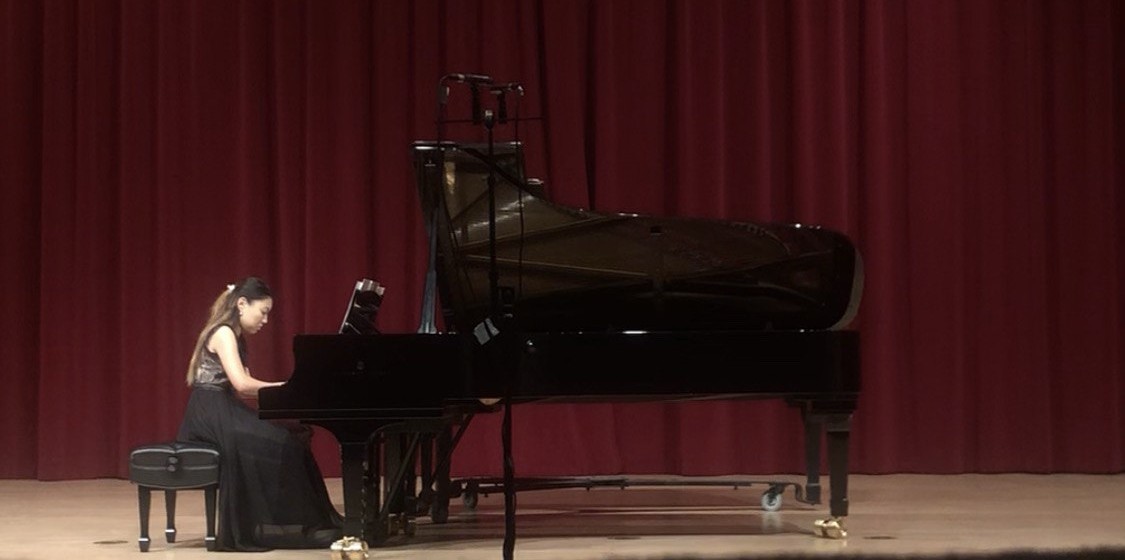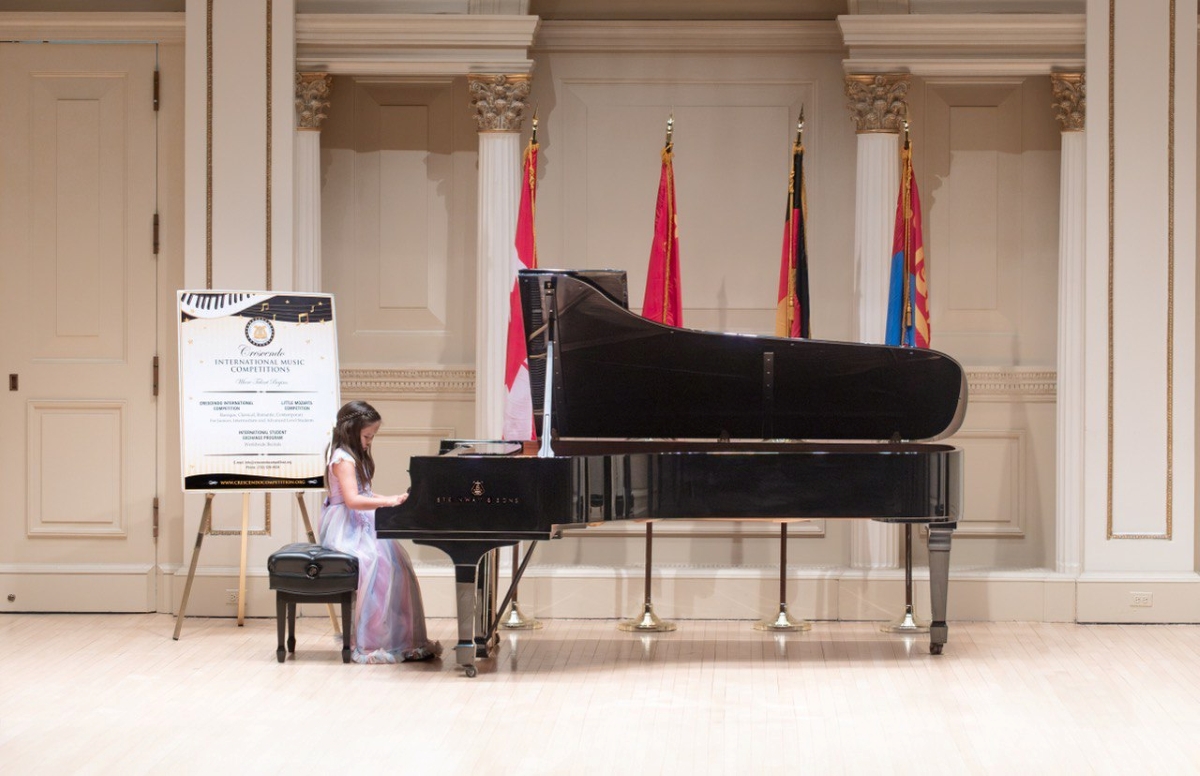By: BNDS Media
In the world of classical music, stories of triumph often unfold on glamorous stages or through prodigious debuts. But sometimes, the most compelling stories begin in silence—in faraway places, in the quiet persistence of practice, and in the steady hands of a teacher who dares to dream beyond borders.
One such story belongs to Ichinkhorloo Batnasan, a pianist and educator whose journey from Mongolia to the forefront of international piano education is as inspiring as it is unique. While her name is gaining recognition among classical music circles, her origin remains rooted in a part of the world often overlooked in Western narratives of high art.

Batnasan was raised in Mongolia, a country known for its sweeping steppes, nomadic culture, and fierce independence. Classical piano is not the first cultural export that comes to mind when one thinks of Ulaanbaatar. Yet it was there, in modest practice rooms and under the mentorship of pioneering musicians like G. Zanaa—one of the first Mongolian pianists trained in Moscow—that Batnasan first fell in love with the piano.
Her early training followed the demanding Russian school of piano pedagogy, which instilled in her both a formidable technique and an artistic resilience that would carry her across continents. After earning her bachelor’s degree in Mongolia, Batnasan moved to California to continue her musical journey, studying under renowned concert pianist Dr. Roger Woodward and later earning her Master of Music from San Francisco State University.
Since then, Batnasan has quietly built an impressive legacy—not on the global touring circuit, but in the teaching studios, rehearsal halls, and competition stages where young talent is nurtured. Her students, many still in elementary school, are not just learning to play—they are winning. In 2025, several of her students earned First Place awards at the Little Mozart International Music Competition, a prestigious event that draws young pianists from around the world. These students are now scheduled to perform at Weill Recital Hall at Carnegie Hall on May 18 and May 31, marking a significant milestone in their musical careers and demonstrating Batnasan’s profound influence.
This isn’t the first time her students have performed at Carnegie Hall under her guidance, nor is it likely to be the last. But this moment represents more than just a performance; it reflects the global arc of Batnasan’s influence—stretching from the steppes of Mongolia to one of the most iconic musical venues in the world.

Batnasan’s growing recognition has begun to draw international attention. In 2024, she was featured in RBC Kaliningrad—a regional division of RBC, one of Russia’s most important and influential news publications—recognizing her as a rising figure in the global classical music community. In Mongolia, multiple cultural publications, including Unuudur, one of the country’s most widely circulated newspapers, have profiled Batnasan as a source of national pride: a young woman who has taken traditional training and forged a new path abroad, inspiring a generation of musicians both at home and across the diaspora.
What stands out about Batnasan’s growing reputation is that it comes not from self-promotion, but from the undeniable results of her work. Her approach to teaching is rigorous yet compassionate. She brings to her students not only technical excellence but an emotional intelligence that fosters growth beyond the keyboard. Many of her students are from immigrant or multilingual backgrounds, and Batnasan, having navigated similar complexities of cultural transition, offers more than music instruction—she offers mentorship.
Her reputation has also led to invitations to serve as a jury member for U.S. competitions, including the North California Young Talents Music Competition and the Technique Etude Festival—roles typically reserved for seasoned educators with longstanding reputations. The fact that Batnasan has been entrusted with such responsibilities at a relatively young age speaks to the respect she commands in the field.
Despite her accomplishments, Batnasan remains humble, often crediting her mentors, her students, and her cultural roots before mentioning her own achievements. To observe her work is to witness a rare convergence of tradition, discipline, and innovation. Her story demonstrates that classical music education isn’t just about teaching notes and technique—it’s about nurturing a sense of self and perseverance that can extend far beyond the classroom.

As her students prepare to take the stage at Carnegie Hall later this month, Batnasan remains behind the scenes—adjusting a pedal here, a phrase there, guiding fingers back to the essence of sound. It is a role she has inhabited her whole life: the architect behind the artistry, the quiet force behind the rising stars.
In a world hungry for new voices and broader representation, Ichinkhorloo Batnasan offers both. She is not merely a teacher from Mongolia—she is an educator whose work is having a global impact, reminding us that greatness can emerge from anywhere, and that the most powerful music often begins far from the spotlight.
Published by Jeremy S.

















